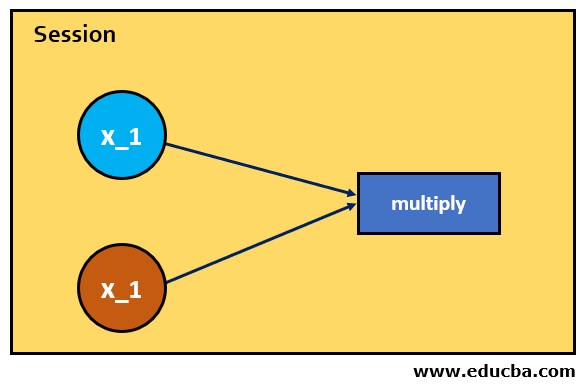TensorFlow Tutorial
Home Data Science Data Science Tutorials TensorFlow Tutorial
Basics
TensorFlow Tutorial and Resources
TensorFlow is a machine learning and deep learning library developed by Google, and it went public in 2015. It is currently the most used deep learning library in the market and is very user-friendly. This library is used to develop machine learning models and implement all the important and unachievable fascinating artificial intelligence ideas. This library is completely written in the python programming language, which is why it's very compatible with python. This library is used for learning, research, and large-scale production-level machine learning models. Google has diversified this library, and the company is working extensively on this currently is compatible with c++, JavaScript, and mobile platforms such as swift programming language.
Why Do We Need to Learn TensorFlow?
In this vast and ever-changing field of data science, where the data is increasing at a rate of knots and the challenges involving those heterogeneous types of data are also unique, so to be updated with this, one needs to keep diversifying and learning new techniques and libraries.
TensorFlow is the most advanced, user-friendly library that helps solve the problem associated with unstructured data and implements the solution in simple steps of python code. This TensorFlow machine learning framework is also very well documented. Therefore, anyone can go through the documentation and understand the code's working. Google also offers various kinds of tutorials for deep learning involving the tensor flow library.
One has to learn and get accustomed to the TensorFlow library if he/she wants to make a carrier in the field of Artificial intelligence and data science.
Applications of TensorFlow
Currently, there are many applications that we use in our day-to-day life, which are powered by the TensorFlow framework.
- Image/Voice Recognition systems
- Self Driving cars
- Recommendation systems
- Text Summarization
- Sentiment analysis of the written text
- Speech Recognition systems
Example
Let's see an example where we will create a computational graph to multiply two numbers. Below is the figure of the computation performed in the tensor flow.
Import the necessary libraries for the TensorFlow code as tf and numpy as np. numpy is the mathematical library provided by python.
Declaring the variables in the form of tensors is a graphical computation.
Declaring the 3rd variable for the calculation and adding the names for the node.
Doing the final calculation and viewing the output.
Pre-requisites
To get started with the tutorial for the TensorFlow framework, one has to be well versed with the python programming language and a few mathematics topics, including linear algebra, probability, matrix calculation, and if someone knows artificial intelligence, then it will be a plus point.
Target Audience
This TensorFlow tutorial is developed for python developers who want to make a carrier in the field of data science and machine learning. Or who wants to focus on the research in the field of Artificial intelligence? This tutorial aims to get one familiar with the various packages and methods in the TensorFlow library.

Let’s Get Started
By signing up, you agree to our Terms of Use and Privacy Policy.

Watch our Demo Courses and Videos
Valuation, Hadoop, Excel, Web Development & many more


EDUCBA Login
This website or its third-party tools use cookies, which are necessary to its functioning and required to achieve the purposes illustrated in the cookie policy. By closing this banner, scrolling this page, clicking a link or continuing to browse otherwise, you agree to our Privacy Policy





